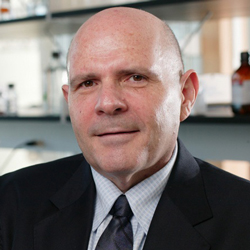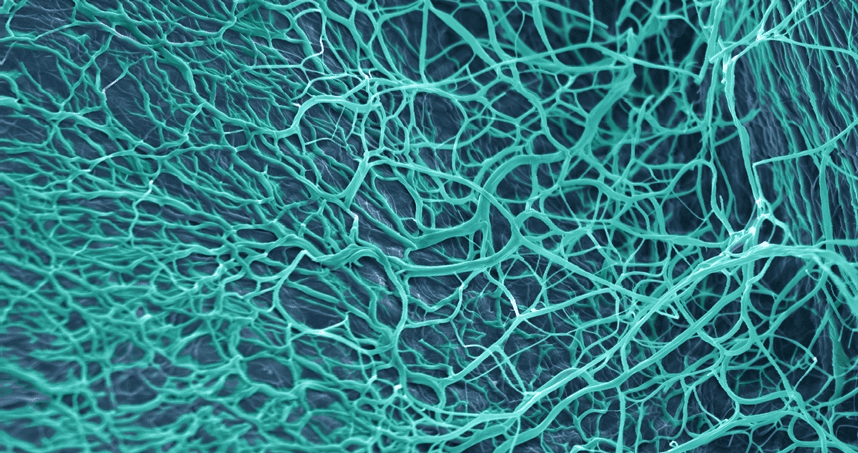Spinal Fusion Challenge: Simpson Querrey Institute Researchers Aim for Medical (and Materials) Breakthrough
Multimillion dollar NIH grant will help develop and validate supramolecular nanofiber scaffold for bone regeneration
 A research team led by Samuel Stupp, director of Northwestern’s Simpson Querrey Institute (SQI), has received a $3.1 million National Institutes of Health grant to explore a novel solution to bone regeneration and spine fusion.
A research team led by Samuel Stupp, director of Northwestern’s Simpson Querrey Institute (SQI), has received a $3.1 million National Institutes of Health grant to explore a novel solution to bone regeneration and spine fusion.
Bone is the second-most transplanted tissue in the United States, with between 1.6 and 2 million surgeries performed each year. More than 500,000 of these procedures involve spine fusions, which often use autograft bone — bone taken from the patient — and it may be unavailable for various reasons. So far, researchers have not discovered a universally safe and effective substitute for autograft bone.
“It is very exciting for us to embark on molecular and supramolecular design of new sophisticated biomaterials that could eliminate the need for autograft or biologics in successful spinal fusion surgeries and other procedures where bone regeneration is critical,” says Stupp, who is principal investigator of the new NIH grant. “This will be extremely important for patients as it would decrease the morbidity associated autograft harvesting or enable bone regeneration that would otherwise not happen.”
The Northwestern research team includes Feinberg School of Medicine faculty Erin Hsu and Wellington Hsu, both orthopaedic surgery and members of SQI, as well as Stuart Stock, cell and molecular biology. As part of the grant, University of Southern California cell and molecular biologist Malcolm Snead will collaborate with the team to explore cell signaling pathways triggered by the novel biomaterials to be developed.
Repair and Regeneration
Transplantation of a patient's own bone is considered the gold standard for spine fusion, though its use is challenged by donor site issues or inadequate availability. While the Food and Drug Administration has approved recombinant bone morphogenetic protein-2 (rhBMP-2) as a growth factor and bone graft substitute, serious adverse effects associated with its use in the setting of spine fusion have caused concerns.
“Our studies will facilitate the repair and regeneration of bone by enhancing the bone-forming capacity of a patient's own stem cells and native growth factors,” says Erin Hsu. “Such an approach could eliminate the need for recombinant proteins, thereby providing a safer and more effective therapeutic strategy for bone regeneration in spinal fusion and other orthopaedic applications requiring bone healing.”
The new research project, which spans Northwestern’s Chicago and Evanston campuses, seeks to develop and validate a nanofiber scaffold that can be used either on its own or for the delivery of bone marrow stromal cells (BMSC) to elicit successful spine fusion without the need for recombinant growth factors. If successful, the five-year study will result in a highly effective strategy to regenerate bone using recombinant growth factor-free bioactive nanoscale materials.
Led by Stupp, researchers at SQI conduct some of the world’s most innovative, interdisciplinary research in applying chemistry, nanotechnology, and engineering to regenerative medicine. Part of Northwestern’s ecosystem of more than 50 University Research Institutes and Centers, SQI is one of many initiatives made possible by trustees Louis A. Simpson ’58 and Kimberly K. Querrey. Others include the institute’s Louis A. Simpson and Kimberly K. Querrey Center for Regenerative Nanomedicine, which provided the interdisciplinary team with the necessary seed funding that led to successful funding of the NIH proposal; the Louis Simpson and Kimberly Querrey Professorship in Materials Science and Engineering, Biomedical Engineering and Medicine; and the forthcoming Louis A. Simpson and Kimberly K. Querrey Biomedical Research Center.
